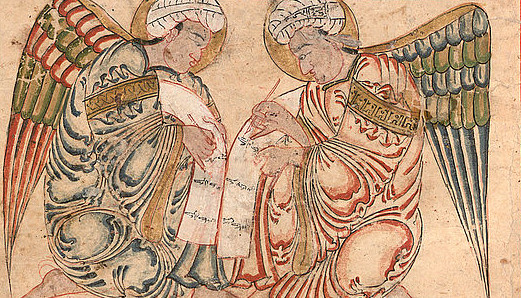Wonders and Healings at the Crossroads of Manichaeism, Buddhism and Zoroastrianism in Eastern Iran and Central Asia
DOI:
https://doi.org/10.46586/er.14.2023.10207Keywords:
miracles, magic, healing, medicine, salvation, wisdom, conversionAbstract
The early Sasanian period witnessed a variety of religious beliefs in competition. The clash between Kirdīr and Mani represents just an episode of the triumph the Mazdean church over Manichaeism, as well as over the other religious formations listed in Kirdīr’s inscriptions. Persian Zoroastrianism constituted a stronghold of power and religious hegemony at the heart of the Sasanian Empire. Yet, the peripheral Zoroastrianism of Eastern Iran and Central Asia featured aspects of regional Mazdeism, such as a wide variety of interactions between the Iranian and Indian cultures, and overt religious exchanges with Manichaeism, Buddhism and Islam. This article first examines the connotations of the word indicating ‘wonder’ and ‘miracle’ (Middle Persian *warz*, Parthian *warž*), and explores its thematic correspondences both within the shared Iranian language heritage (Avestan, Pahlavi, Middle Persian, Sogdian) and religious contexts (Zoroastrianism, Manichaeism, Buddhism). Its second aim is to extend this investigation into different Central Asian contexts of Sogdian Buddhism, taking into account specific Buddhist features. A close textual analysis finds that the interest in miracles is connected to healing. Thus, in the religious literature under analysis, miracles represent the medium of persuasion and conversion *par excellence*, but are also regarded as medical means to cure and save those in need, often through redeeming knowledge. The connections between medical healing and spiritual wisdom were generally associated with important religious personalities of the larger Indo-Mediterranean area, such as Buddha, Jesus and Mani, and with their messages of redemption. This article advances that ‘wonders’ and ‘healings’ represented efficacious notions employed to meet both primary needs of solace against suffering and angst and ardent searches for salvation. The article also highlights the link between the above binomial relation of wonders/healing and the political role of prophetical leaders, allegedly endowed with supernatural powers. As a case-study of this perspective, the article reviews the ideological and social developments of revolts, such as the Khurramiya movements in Islamic times, which exploited precisely this cultural baggage of practices of amazement and trickery for their own messianic propaganda.
Published
Issue
Section
License
Copyright (c) 2023 Andrea Piras

This work is licensed under a Creative Commons Attribution 4.0 International License.

